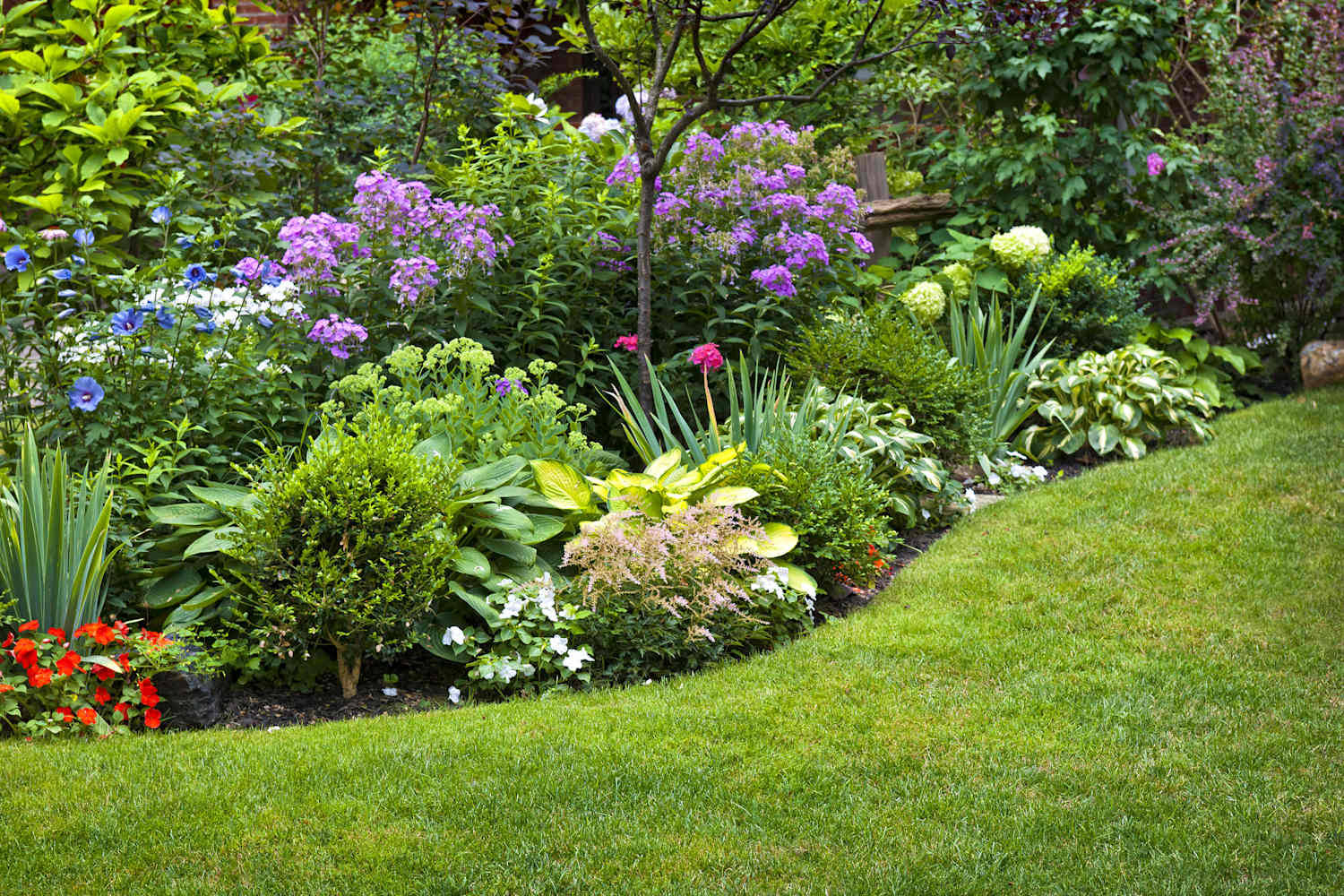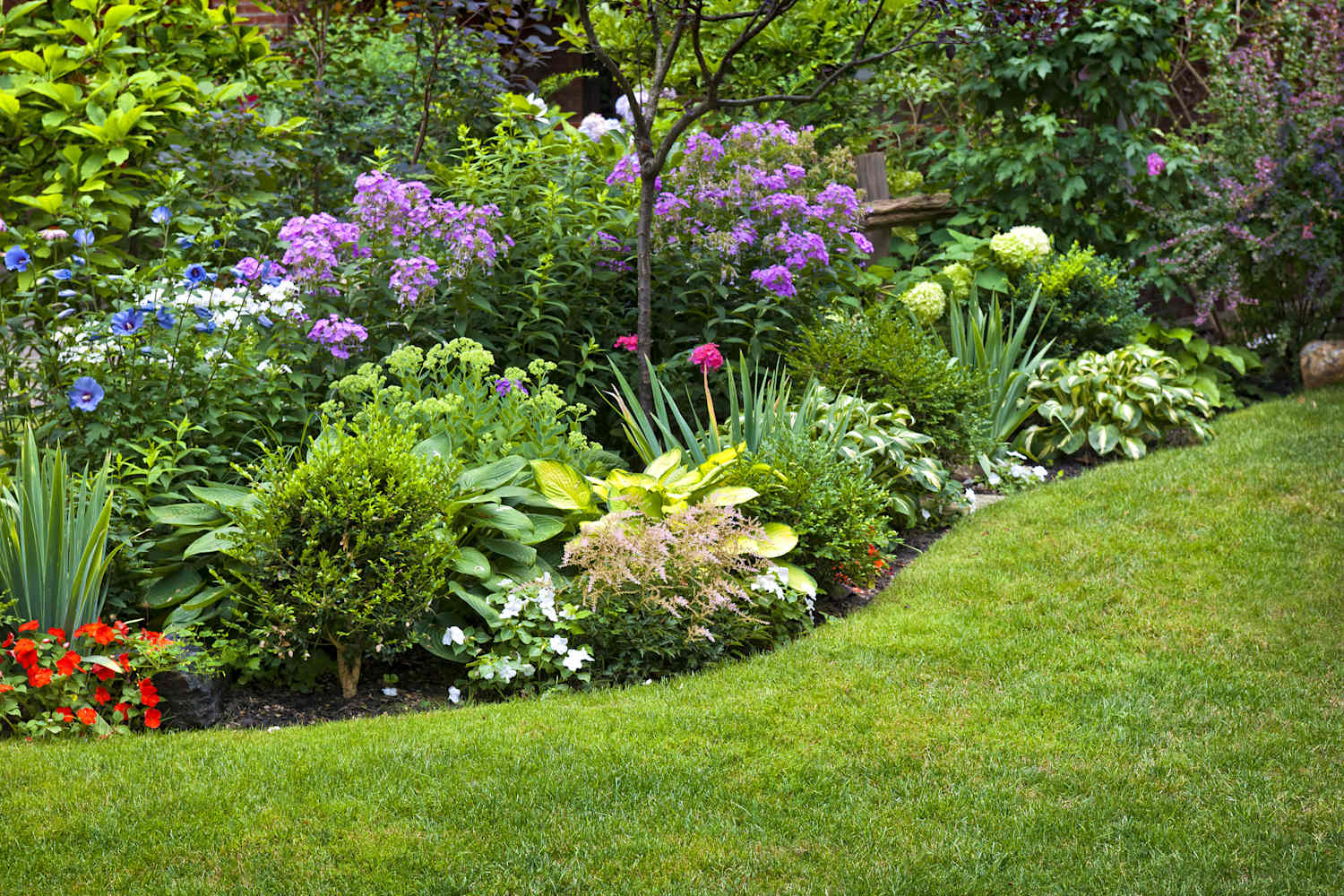
After spending lots of time outside this summer, you might be thinking about ways to improve your yard for next year — or maybe you’re already well into designing your dream garden. Either way, when it comes to making big changes outside you’ll want to do your research so you don’t wind up creating a yard that requires more money, time, and effort than you expected.
While some decisions are totally worth it, others might not stand the test of time — and no one knows that better than pro landscapers who have been tasked with undoing and redoing projects that homeowners have come to hate.
To get the scoop on the most-regretted yard projects, I talked with landscaping experts who have seen and done it all. Here’s what they had to say about which projects and plans homeowners ended up hating most in the long run — and what you can do instead.
The Top Yard Regret: Putting in Fake Grass or Turf
One of the most common responses from landscapers I spoke to: installing fake turf. Many people are excited about the prospect of not having to care for real grass, especially in places like California that are frequently under drought warnings. However, according to Ward Dilmore, founder and head landscape designer at Petrus Landscaping, fake grass is not as easy to maintain as it might seem.
“In fact, it requires regular maintenance to maintain its realistic appearance and if you have pets it will need to be hosed down regularly to reduce unwanted odors,” explains Dilmore. Yep, that’s right — even though fake grass doesn’t need water to grow, you’ll still have to use water to maintain it.
Aside from that, it’s not the most comfortable since, unlike grass, it doesn’t transpire to keep cool. “Artificial turf also gets very hot in the summer in direct sun and cannot be walked on unless a sprinkler system is installed just for cooling off the turf,” Dilmore adds. This isn’t a difference of a few degrees, either: Artificial grass can be 40 to 70 degrees hotter than the real stuff.
Also of note: The microplastics artificial turf produces, especially in areas that receive heavy use. Those microplastics can quickly find their way into waterways, and they’re tough to remove.
4 Other Common Yard Regrets
Aside from artificial turf, the five pro landscapers I talked to agreed on a few common regrets among homeowners they’ve worked with.
Not Understanding What “Native Plants” Really Mean
A native plant is a plant that naturally occurs in the region in which you are growing it — meaning it’s often great for pollinators and can tolerate the growing conditions of your area. This is great for many homeowners, but Laura Janney, CEO of The Inspired Garden Masterclass, says that a lot of people confuse wanting native plants for plants that are just easy to maintain.
“[A native plant garden] can be lush-looking and low maintenance, but I get so many calls from homeowners who end up disliking it because it can look like an overpopulated area of weeds and is not great for curb appeal,” she says. The wild-looking prairie garden style works for some homeowners, but definitely not all.
Native plants also need a little more work than you might expect. “People tend to think that native means no maintenance, but these plants and gardens still need to be watered and taken care of,” Janney adds.
Of course, if you understand that native plants will still need to receive proper care and maintenance, choosing these can be really beneficial. “We suggest using native plants and xeriscaping, a landscaping method that uses drought-tolerant plants, to minimize the need for supplemental irrigation,” says Joe Raboine, vice president of design at Oldcastle APG.
Turning Your Whole Yard into an Edible Garden
A few years ago, during the height of the COVID-19 pandemic, many homeowners were curious about making and growing their own food. That’s not regrettable in itself, but going too hard into an edible garden can backfire.
Edible gardens are really better reserved for one section of your yard or a windowsill, says Janney, as they require a lot of care and maintenance. “Before you know it, the food is going bad, becoming overpopulated by weeds and/or becoming a feast for local wildlife when not cared for properly,” she says. You’ll also need to plan for greater water use for edible plants, so if you’re not prepared for those tasks, keep your veggie plantings to a minimum.
You might think you’re saving a little cash by going this route, but Raboine says he sees a lot of homeowners rushing to the experts for help after this DIY flop. “Stone pathways create a rustic look but are often uneven and unstable to walk on,” he explains. “Stones can shift, weeds grow through gaps, and maintenance can be more work than it’s worth. Pavers are a more sturdy and durable option that won’t come at the expense of a twisted ankle.”
Replacing Grass with Gravel Paths or Pits
Although at first thought you might think this will save you from having to keep up with mowing your lawn, experts (like Nicole Carpenter, president at Black Pest Prevention) say they see tons of clients who didn’t expect the pests that come with gravel paths.
“The rocks stay cool underneath, the gaps between the stones collect leaves, dirt, and moisture, and suddenly you’ve got a mini ecosystem buzzing right up against your house — it’s an ideal shelter for ants, spiders, and sometimes even mice,” she explains.
Plus, “you can’t blow everything out with a leaf blower, and unlike mulch, you can’t easily rake through gravel to clean out debris,” she says. That means leaves and other organic matter will pile up over time. “If you live in a termite-prone area, replacing grass with gravel beds has its place,” says Carpenter. “In other cases, though, it often becomes a home for ants, spiders, and rodents.”
